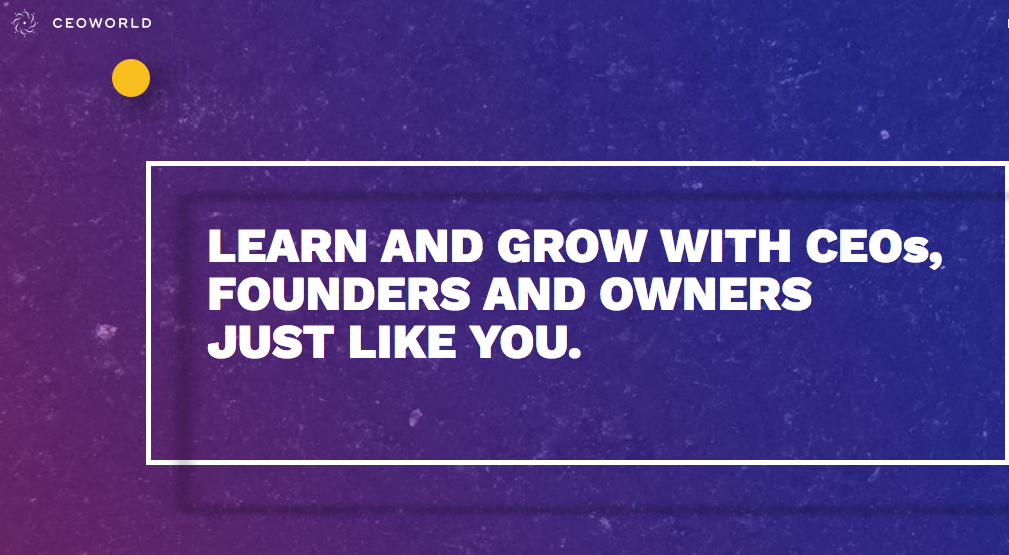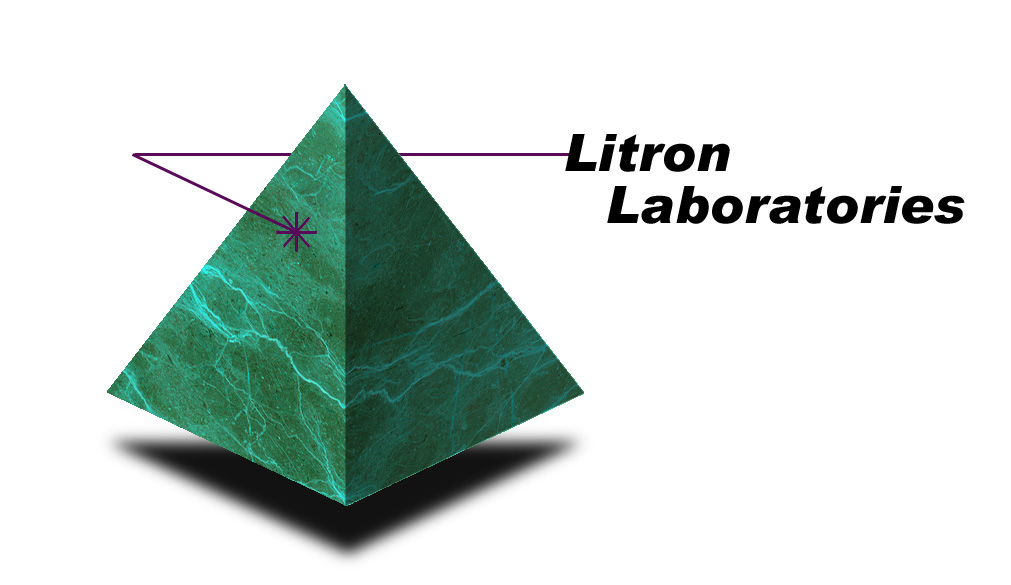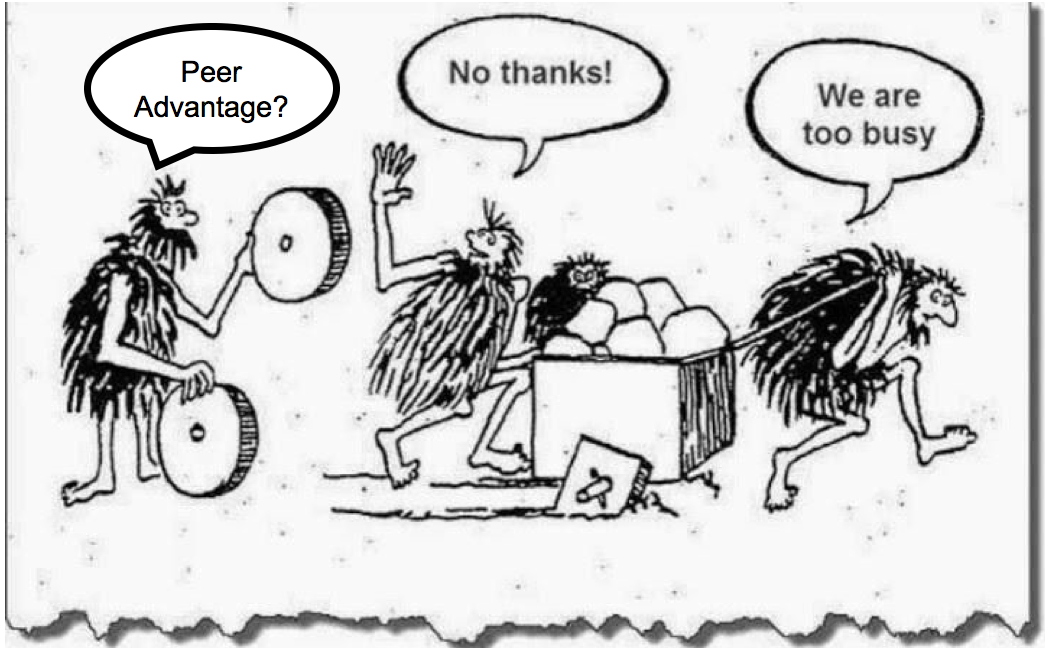Yesterday, I embarked on a four mile hike in Crested Butte, CO (one of my favorite spots on the planet) to enjoy the fall aspens and a magnificent panorama that lacked any of the traffic or the stop lights of southern California. To paint a more complete picture, I spent part of my hike listening to Earth, Wind & Fire’s greatest hits through my ear buds. I haven’t listened to that “album” in years, and I can’t for the life of me tell you why I selected it, but I felt transported.
It reminded me of how, as a kid, when I listened to music, I was always fascinated by the harmonies and instruments playing in the background – it’s what, for me at least, gives music its richness. I thought about why I always loved bands like Earth, Wind & Fire, Miami Sound Machine, and Chicago (yes, I’m dating myself). The words can be poetic and the melodies are catchy, but the arrangements are pure genius.
I enjoyed my time alone yesterday. Nothing else in the world mattered. I was living in the moment, enjoying sights and sounds that rendered anything else completely irrelevant. It was my personal brand of mindfulness. As I sit here now, I’m contemplating what I’ll call the intersection of mindfulness and peer advantage. If I am more mindful, will I experience peer advantage more fully for myself and create more value for others? Based on a piece I read recently by Dr. Melanie Greenberg in Psychology Today, I would have to say, “Yes, of course!” Her article speaks to nine essential qualities for mindfulness including being fully present, openness to experience, non-judgment, and connection, to name a few. Turns out that her nine qualities align perfectly with the five factors required for experiencing peer advantage for yourself and others.
Next month, I will participate in a mindfulness workshop delivered by Amy Sandler. (I’m really looking forward to it.) My guess is that Amy will reinforce the idea that being more mindful as an individual will only make me a stronger peer – that being truly mindful and being connected more deeply with others gives life its richness, too. Can’t wait to tell you all about it!










